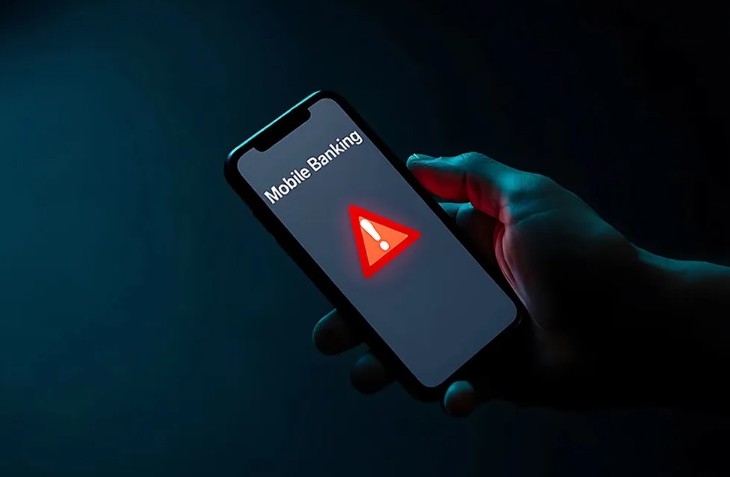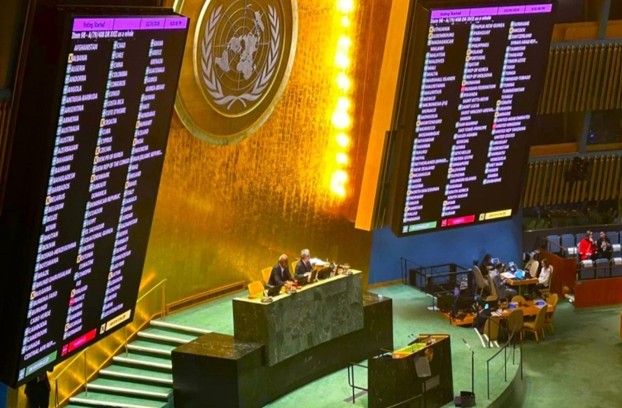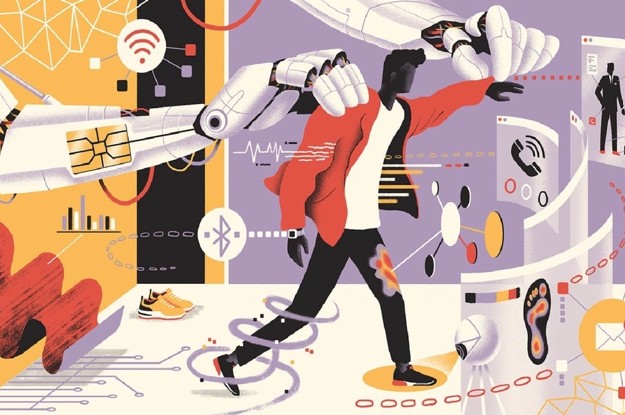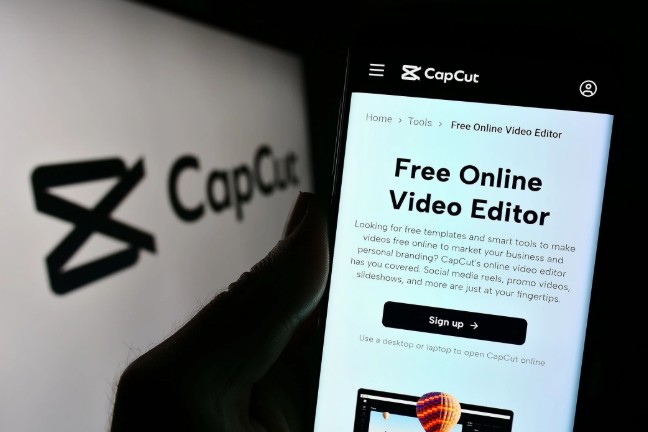Best Selling Products
Top AI Models Creating "Fake But Real" Videos Dominating the First Half of 2025
Nội dung
- 1. ByteDance Seedance 1.0
- 1.1. Powerful, smooth and pioneering in space and time processing
- 1.2. Outstanding performance compared to competitors
- 2. Midjourney V1
- 2.1. Expand from photos to videos with high quality and creativity
- 2.2. Impressive creativity, flexible prices
- 3. Runway Gen 4
- 3.1. Keep the style and logic in each frame
- 3.2. Combine diverse inputs: text + image + reference
- 4. Kuaishou Kling AI 2.0
- 4.1. “The strongest in the world” – according to Kuaishou
- 4.2. Impressive user growth and app expansion
- 5. Google Veo 3
- 5.1. Add sound
- 5.2. Google AI ecosystem integration
A series of new competitors such as Google Veo 3, Midjourney V1 or ByteDance Seedance 1.0 were launched one after another.
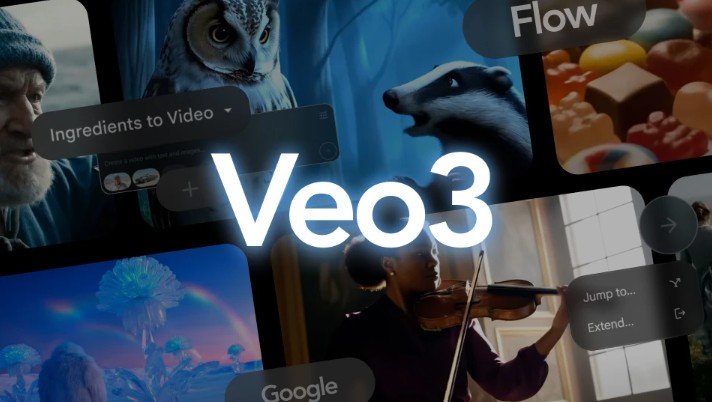
In less than a year, the field of artificial intelligence has seen a huge leap forward in the ability to create videos from simple text descriptions to lifelike images. The first wave of this was led by OpenAI’s Sora, which, announced in February last year, stunned the tech world with its ability to “turn text into movies” with astonishing realism.
However, at the beginning of this year, the race officially heated up when a series of new competitors such as Google Veo 3, Midjourney V1 or ByteDance Seedance 1.0 were launched one after another. Not only stopping at creating smooth animations, these models also impressed with their ability to process light, camera movements, character expressions and realistic backgrounds down to every detail, making the line between real videos and videos created by AI increasingly blurred. So what are the most notable "realistic video creation" AI models that have just been launched? How are they different and what do they bring to the content creation industry in the future? Let's explore in the article below.
1. ByteDance Seedance 1.0
1.1. Powerful, smooth and pioneering in space and time processing
Launched on June 18, 2025, Seedance 1.0 is the strategic card that ByteDance launched in the AI video race. Immediately, it received many compliments from experts thanks to its ability to create videos quickly, beautifully and extremely easy to use.
Unlike models that require complex prompts, Seedance 1.0 allows users to simply type a few lines of text or select an image, and the system automatically generates a logical, smooth video with realistic character movements and stable lighting. This is the result of a breakthrough in the training data approach: separating spatial and temporal information in the video by “encoding” the location, allowing the AI to learn to represent motion without confusing the data layers.
.png)
1.2. Outstanding performance compared to competitors
According to Artificial Analysis, an independent platform that analyzes AI performance, Seedance 1.0 outperforms OpenAI's Sora, Google's Veo 3, and Kuaishou's Kling 2.0 in terms of video quality generated from text or images. Notably, although each video is only 5 seconds long, Seedance's editing time is only 40 seconds, faster than most competitors.
However, Seedance 1.0 still has a downside, which is that it does not support audio, meaning it cannot synchronize dialogue or sound with actions in the video. However, this is still a very strong step forward from ByteDance, especially in the context of their ambition to surpass Google and OpenAI in the field of AI content creation.
2. Midjourney V1
2.1. Expand from photos to videos with high quality and creativity
If you are familiar with Midjourney's "magical" artistic images, Midjourney V1 will surprise you by maintaining a highly creative personality even in videos. Version V1 was released on June 19, 2025, marking the transition from a photo creation platform to a short video creation platform.
Each video generated is initially only 5 seconds long, but users can press the "Generate More" button up to 4 more times, each time 4 seconds, bringing the total video length up to 21 seconds - a high level in the current group of AI video tools.
.png)
2.2. Impressive creativity, flexible prices
Midjourney V1 is released via Discord and its own website, with three pricing plans:
Basic – 10 USD/month
Pro – $60/month
Mega – $120/month
TechCrunch's review said that the videos created by V1 are highly creative, can be understood by users after just a few short descriptions, and still retain Midjourney's unique painting style.
The downside of V1 is that the video creation speed is not fast, especially when users request longer lengths. In addition, the cost of creating videos is 8 times higher than photos, making many basic users still hesitant to upgrade.
However, Midjourney V1 is still a great choice for those who value artistry, independent creativity and the ability to control visual style.
3. Runway Gen 4
3.1. Keep the style and logic in each frame
Launched in early April 2025, Runway’s Gen-4 is considered one of the most important advances in video AI today. Unlike many previous tools, Gen-4 has the ability to keep the character, setting, and style intact throughout the entire video, avoiding the situation of the character “morphing” or the scene transitions being disconnected.
The difference comes from the way Gen-4 processes data: instead of just responding to individual commands, it analyzes the video as a whole from a storytelling perspective, creating a logical sequence of scenes with a steady rhythm and natural movement. This is especially useful for projects like short films, commercials, or training content that require a high level of continuity.
.png)
3.2. Combine diverse inputs: text + image + reference
Users can enter text commands, attach style references, or use visual resources like storyboards and video templates. The AI will learn from those elements to create videos with a consistent visual style, from lighting to color to composition.
In addition, Gen-4 is also integrated into the Runway software ecosystem, including post-editing tools such as Studio, Style Lock, TimeLine AI, helping users to fine-tune each frame or lock the global style.
Gen-4 is currently available to individual, business, creative studio, and agency users, serving those who need to create high-quality videos without investing in cameras or large production crews.
4. Kuaishou Kling AI 2.0
4.1. “The strongest in the world” – according to Kuaishou
Also in April 2025, Kuaishou, a popular video platform from China, officially launched Kling AI 2.0, a comprehensive upgrade of its video-generating AI model. According to the company's introduction, this is the "world's most powerful" tool in the field of video creation from text and images, and in fact, the performance of Kling 2.0 proves it.
Kling AI 2.0 is impressive for its ability to quickly understand prompts, reproduce realistic motion, and create smooth, cinematic footage. With a simple description like “Boy running through a field of flowers at sunset,” Kling can instantly create a video with beautiful composition, natural lighting, smooth motion, and even camera angles that mimic professional cameras.
.png)
4.2. Impressive user growth and app expansion
To date, Kling has attracted more than 22 million global users, creating more than 168 million videos and 344 million images. This is a huge number for a video AI platform that has only been launched for a little over a year.
Kling 2.0 not only improves image quality, but also improves content personalization, allowing users from amateurs to professionals to create videos according to their ideas. In addition to short content creation, Kling is also applied in:
Education: create videos to illustrate lessons and simulate situations.
Marketing: create fast and beautiful product clips.
Games and animation: create character introduction scenes.
Social media: support viral content creators.
Kuaishou is currently expanding its international market, supporting multiple languages, integrating Kling into platforms such as TikTok, YouTube Shorts, and providing APIs for businesses.
With its increasingly high output quality and ease of use, Kling AI 2.0 is becoming one of the most practically used AI video creation tools today, especially in the Asian market.
5. Google Veo 3
5.1. Add sound
The biggest difference of Veo 3, the latest version announced by Google, is the ability to combine sound with images - a feature that is not available in many current AI video creation tools.
According to CNBC, Veo 3 can create dialogue between characters, synchronize voice with mouth movements and context, opening up great potential for applications in the fields of short animated films, educational videos, or interactive simulations.
.png)
5.2. Google AI ecosystem integration
Veo 3 operates on two core technologies:
Imagen – AI model that creates images from text
Gemini – Google's Multimodal AI
Thanks to that, Veo 3 can take input from existing text, images or videos, then create clips up to 8 seconds long with high resolution and stable frames.
Notably, Veo 3 is integrated into Flow – Google's dedicated AI filmmaking platform, allowing users to stitch together scenes, tweak, and create seamless long videos with pre-built effects.
Veo 3 is suitable for professional users and content producers who need powerful AI tools to create scripts, dialogues, and logical transitions.
If Sora was the opening shot of the “AI-generated video” era, then 2025 is when the race officially enters the fierce competition stage. From ByteDance with its smooth and easy-to-use Seedance 1.0, the innovative Midjourney V1, Runway’s Gen-4 with its cinematic control, to Kling AI 2.0 and Google Veo 3 with their own distinct directions, each model is opening a new door for the field of AI content creation.
Despite some limitations in terms of length, sound, and cost, it’s clear that technology is advancing rapidly. And if this trend continues, in just a few years, creating a video from just an idea or a caption will become the new normal in the digital creative world.









































